Invasive species are among the greatest threats to the survival of Ontario’s native animal and plant life. They are also costly to manage, harmful to international trade, and a risk to human health.
Become an Invasive Species Fighter, and help us stop their arrival and spread.
Your training begins now…
The suspects

Invasive carp
Introduced in the U.S.A. during the 1970s to control algae, plants and snail in aquaculture, invasive carps escaped into the Mississippi River Basin during periods of flooding.

Eating nearly 40% of their body weight daily, invasive carp grow quickly, making them unsuitable prey for natural predators. They compete for food and habitat, and are carriers of disease and parasites.
Four species of invasive carps threaten our waterways:
- Bighead Carp
- Black Carp
- Grass Carp
- Silver Carp
More information on invasive carp can be found here.
Phragmites

This giant invader can grow up to 5 m tall. Its superpower? Crowding out native species, like cattails, by sheer size.
Once established, Phragmites can take over an area and throttle biodiversity by reducing resources like light, space and nutrients.
Asian Long-horned Beetle
Discovered in 2003 in Ontario, these beetles arrived hidden in packing materials shipped from Asia. This infestation is under active eradication; where the infested and susceptible trees within 800 m were removed. Surveys are ongoing to ensure all of the beetles and infested trees have been detected.
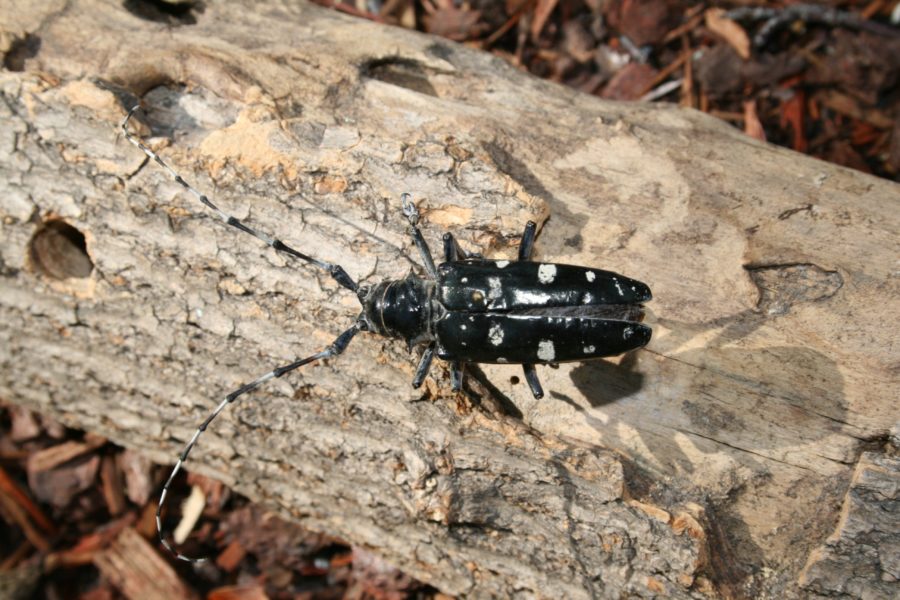
Asian Long-horned Beetles attack a wide range of hardwood trees, including maples, poplars, birches, and willows, leading to loss of habitat and biodiversity.
In order to prevent further damage and prevent huge loss to Ontario’s forestry and maple syrup industries, infested and all surrounding trees must be cut and chipped. Signs of an infestation include leaking sap, branch dieback, large (2 cm) exit holes, and yellowing leaves.
Learn more about the Asian Long-horned Beetle by visiting the Forest Invasives website.
Emerald Ash Borer
We know a lot of our campers take this baddie personally. The Emerald Ash Borer has been responsible for the loss of trees on many favourite campgrounds around Ontario.
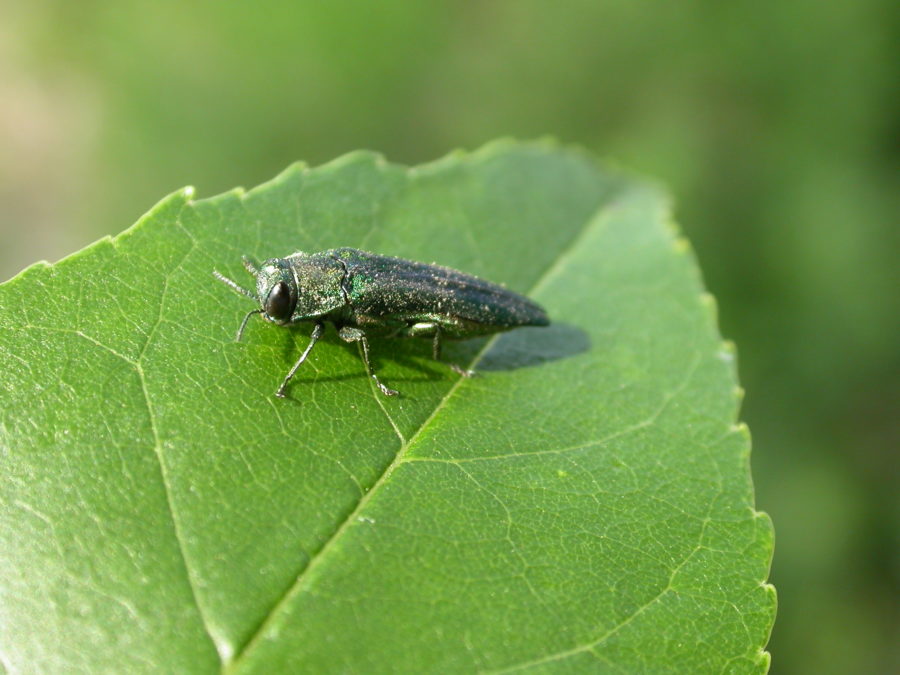
Tiny but destructive, these invaders arrived in North America in 2002, hidden in packing materials.

Emerald Ash Borer feed on the inner bark of Ontario’s ash trees, reducing their ability to take up water and nutrients. Infested trees show “D”-shaped exit holes, dieback, yellowing leaves, and vertical cracks.
Learn more about the Emerald Ash Borer by visiting the Forest Invasives website.
Water Soldier
This plant, now located in the Trent and Black Rivers in Ontario, arrived from Europe and northwest Asia.

With leaves that can grow up to 40 cm long, its power is choking out other species.

Mats of Water Soldier threaten summer recreation activities like boating, fishing and swimming. Water Soldier can also alter the surrounding water chemistry, harming aquatic organisms.
Use your superpowers to help fight invaders!
Now that you’ve read our most-(un)wanted list, let’s talk about how you can take action:
Report all sightings
If you find a suspected invasive species, call the Invading Species Hotline (1-800-563-7711) or download the EDDMapS Ontario app to report an invader on the spot!
Buy firewood locally
Firewood is a pathway for forest pests. Invasive insects like Emerald Ash Borer and Asian Long-horned Beetle can hitch a ride on your firewood and spread to new areas, putting that habitat at risk.

Always buy it where you burn it.
Don’t dump your bait

It’s illegal to release bait or dump your bait bucket anywhere near a body of water. Always dispose of bait at least 30 m from shore.
Dumping worms? Many folks are surprised to learn that earthworms are invasive species. Throw unused bait in the trash, not on land or water.
Clean, drain, dry
Always inspect your boat when removing it from the water. Zebra and Quagga Mussels can attach to your boat and be transported into the next water body you visit. Some aquatic species can survive up to two weeks out of water!
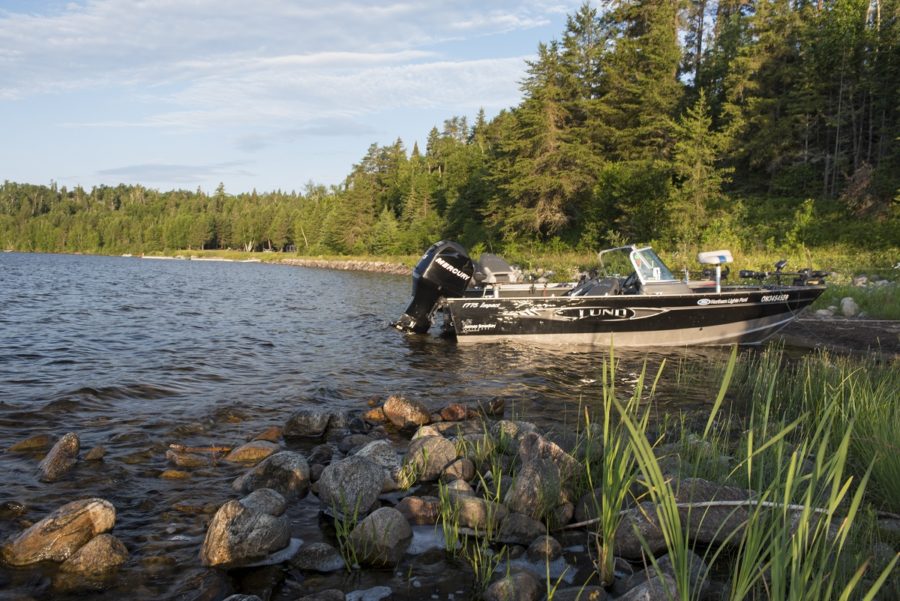
Always drain your live well and bilge water before you leave a waterbody.
Check your clothes, boot and furry friends for stowaways
Forest pests and seeds can catch a ride on clothes, boots and fur. Do a check before you get in the car.

Don’t forget to wash your boots before you embark on your next hike.
What’s at stake?
Our environment
Invasive species reduce the diversity of plant and animal species in an environment, and can put native species at risk.
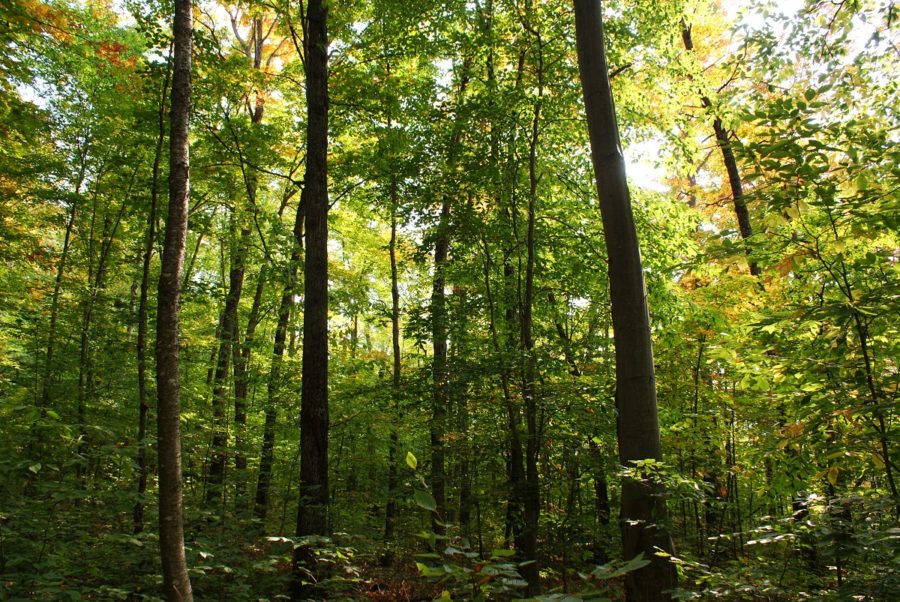
They do this by “crowding out” other species, competing for resources like light, water, and nutrients, carrying disease or parasites, or directly preying on native species.
Our economy
The costs of controlling and managing invasive species in Canada is estimated to be $34.5 billion annually!
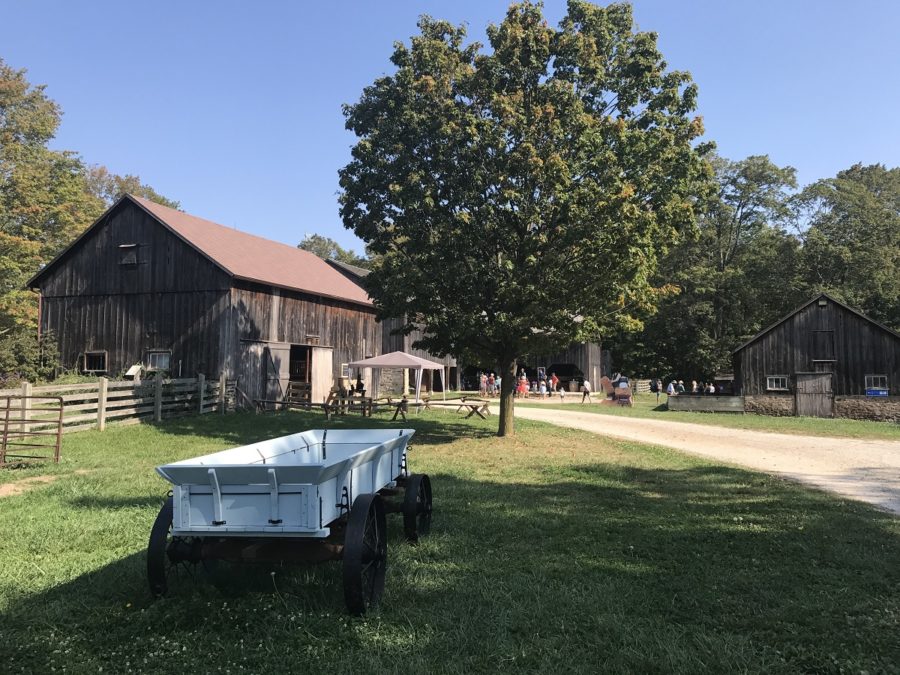
These invaders negatively impact trade and any industry that relies on natural resources, including forestry, fisheries, and agriculture.
Our people
Invasives species directly affect human health and well-being too. They may threaten livelihoods, businesses, and jobs.

Invasive beetles, like Asian Long-horned Beetle, destroy a city’s urban tree canopy; others destroy building foundations, decrease property values, and degrade swimming and water recreation spaces.
Our culture
Many of Ontario’s most beloved pastimes are threatened by invasive species. Hiking, swimming, fishing, and boating are just some of the activities in jeopardy.
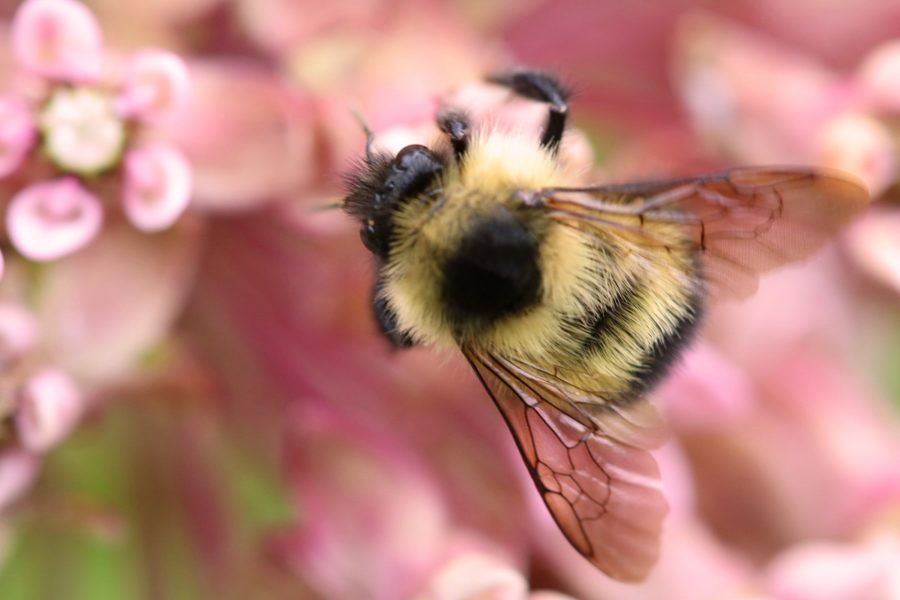
What’s more, Ontario’s native species are part of our identity. Imagine a province without maple trees or Monarch Butterflies.
Love parks? Help us protect them
Report your sightings and be a conscientious parks-goer to help minimize spread.
Learn about these villainous invaders and how you can help shut them out of Ontario’s parks and protected areas at the Invasive Species Centre.
Want to take action right this minute? Share this post on your favourite social media page to help get the word out using the hashtag #InvSpWk.
